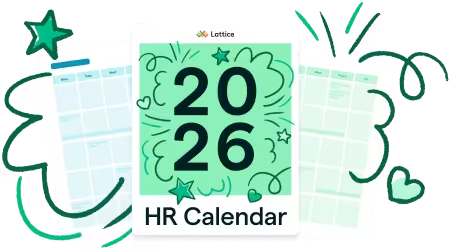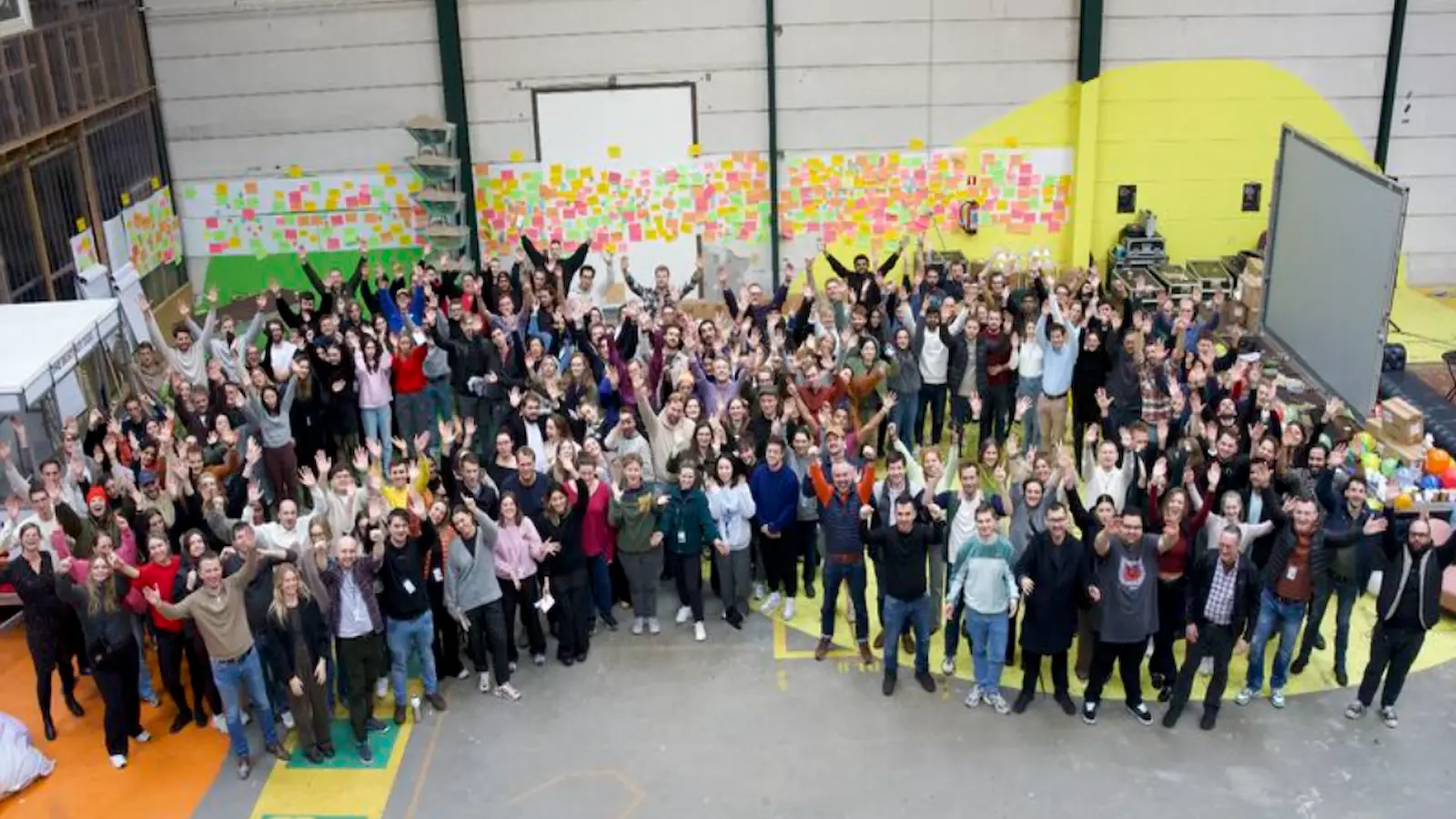At OppFi, leaders wanted more transparency and accountability in performance. With Lattice, they created a culture of continuous feedback and goal-setting, giving employees clarity and managers better insight.
One of our core values at OppFi is ‘Dare to Win’ which includes setting bold goals. Lattice has provided us with a way to document those goals, track progress, and reflect on what we accomplished. Then we can take what we learned to reset and continue to improve.

Like many organizations, OppFi made the decision to embrace a remote flexible workforce model as the realities of the pandemic became clear, allowing employees to relocate as they saw fit. Maintaining a connection among its virtual employee base is critical to a meaningful employee experience. “Our goals have revolved around ensuring employees are engaging in meaningful work, that they feel connected to our mission, and that they have growth and development opportunities within the company regardless of location,” says Witmer.
But also like many organizations, OppFi’s growth has been rapid and, at times, breakneck, with critical people processes like performance reviews and upskilling remaining underdeveloped. “When I first started at the company,” says Saunders, “we didn’t have a formalized performance review process.” Employees naturally wanted a consistent way to measure themselves against expectations, encourage conversations between employees and their manager, and set goals. Meanwhile, the company wanted a way to better communicate with employees to measure and understand their needs for career growth.
Evaluation
Lattice was used by OppFi’s Chief People Officer previously at another organization; she had made the decision to implement the system, knowing that the ability to build out a formal performance review process was a key opportunity that Lattice could easily solve. The company knew that Lattice had additional capabilities to measure employees’ sentiment and the pulse of the teams. “We also wanted to get an accurate picture of how our employees were feeling,” says Saunders. Since it was building an employee experience strategy from scratch, OppFi took the opportunity to roll out employee engagement features, like feedback and one-on-ones, alongside performance reviews. Employee goal-setting features were introduced later down the road.
Overall, the implementation process was built around listening to employees. “We wanted to make sure we weren't going off of our own assumptions of how people were feeling about the company,” says Saunders. “We were looking to get real concrete feedback.”
Using Lattice at OppFi
Today, OppFi has implemented a variety of Lattice features. In addition to performance management, the company sends engagement surveys to employees three times per year. Following each survey, OppFi teams do a deep dive into results to measure engagement and implement action plans that address feedback given by employees. For example, one change that OppFi is implementing this quarter in response to feedback is a bi-weekly all company meeting to enhance their transparent communication practices.
“This is helping us to understand what our employees really qualify as inspiring,” says Witmer. “Lattice helps us share and distribute that information with our leaders, but also hold them accountable. It's been an extremely powerful listening mechanism for us and our employee experience strategy .”
Some departments also use Lattice’s OKR feature, which Saunders says helps with visibility and alignment within the organization. “Our five core pillars are available through the company goals tab,” she says, enabling everyone in the company access to information about big projects that are underway. “Lattice also helps managers create their team goals, and that helps their employees create their individual OKRs.”
The Impact of Lattice
Adoption of Lattice at OppFi has been high. The feedback system has collected 769 pieces of feedback from 185 employees, with 163 percent more feedback given in 2020 vs. the prior year. The system continues to grow in use today, with August 2021 setting a record as the all-time busiest month for feedback.
“The feedback tool has been really helpful for us,” says Saunders, “because it gives people an opportunity not just to give critical feedback but to request feedback as well. This helps our managers get the opportunity to receive a full picture of how team members are working with others around the company. It creates valuable conversations and even some new opportunities for growth.”
Turning that feedback into action is a key goal for OppFi. “People don't want to complete surveys if they don't think that action is going to be taken based on that feedback,” says Witmer. “We are really intentional about the questions we ask because we know we have to be ready to take action.” OppFi began piloting an action planning process in January 2021 and is now in the first steps of distributing that action plan to the entire company for the first time.
Saunders adds that Lattice has also given OppFi a much-needed way to track and document employee goals and accomplishments year over year. “Now we have a way to look back,” she says. “Lattice has made a huge impact for us from a performance management standpoint.” That impact enables employees and managers to see progress over time and identify growth opportunities along the way.
Takeaways
- Lattice gives OppFi the ability to collect performance history over time and tie performance reviews to business results. Employee pulse surveys are used to gauge the performance across the company and within specific departments.
- OppFi’s strategy of turning feedback into action has been instrumental in keeping engagement in surveys participation high.
- Lattice helps OppFi generate a virtuous cycle: Better engagement leads to better employee performance, and better performance leads to better engagement.





%20(1).jpg)

